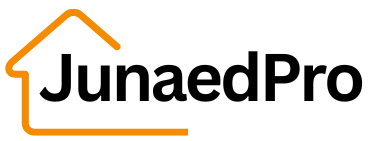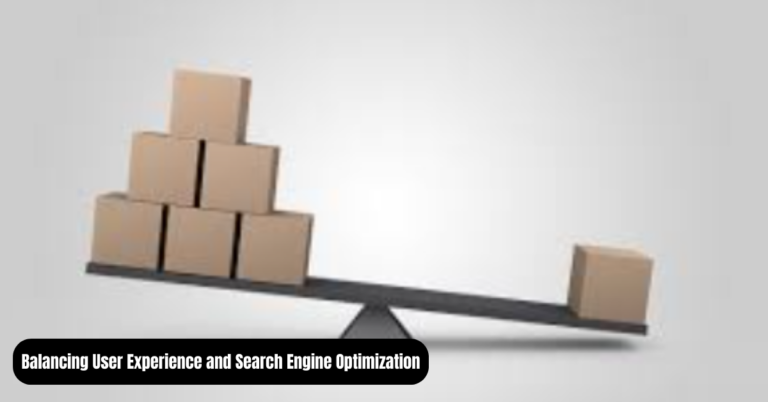WordPress On-Page SEO Services: Top Ranking in Google
On-page SEO, also known as on-site SEO, is the practice of optimizing individual web pages to improve their search engine rankings and attract organic traffic. It involves various techniques and strategies that focus on optimizing the content, HTML source code, and structure of a webpage to make it more appealing to search engines. By implementing effective on-page SEO practices, you can increase the visibility of your website in search engine results pages (SERPs) and drive relevant traffic to your site. This article explores the key components and best practices of on-page SEO.
Keyword Research and Optimization:
Keyword research is the foundation of on-page SEO. It involves identifying the specific words and phrases that people use when searching for information related to your website’s content. By conducting thorough keyword research, you can determine which keywords are relevant and have a high search volume. Incorporating these keywords strategically into your web page’s content, headings, meta tags, and URLs can improve its visibility in search results.
High-Quality and Relevant Content:
Title Tags and Meta Descriptions:
Title tags and meta descriptions are HTML elements that appear in search results and play a vital role in on-page SEO. The title tag represents the title of a webpage and should be concise, descriptive, and contain relevant keywords. Meta descriptions provide a brief summary of the webpage’s content and should be enticing and informative to encourage users to click through. Optimizing title tags and meta descriptions can significantly impact click-through rates and improve your website’s visibility in search results.
URL Structure and Formatting:
The URL structure of a webpage is an essential element for on-page SEO. It should be concise, descriptive, and include relevant keywords. Avoid using complex or lengthy URLs that are difficult for both users and search engines to understand. Additionally, proper formatting of headings (H1, H2, etc.) within your content helps search engines understand the hierarchy and organization of information on your webpage.
Image Optimization:
Optimizing images on your webpage is another crucial aspect of on-page SEO. Images should be properly compressed, and their file sizes minimized to improve webpage loading speed. Each image should have an appropriate alt text that describes its content, as search engines rely on alt text to understand image context. Including relevant keywords in alt text can also contribute to better search engine visibility.
Internal Linking and Site Structure:
Internal linking refers to the practice of linking pages within your website. It helps search engines understand the relationship between different pages and improves the overall site structure. Ensure that your webpages are interlinked logically, using descriptive anchor texts that include relevant keywords. A well-structured website with intuitive navigation enhances user experience and makes it easier for search engines to crawl and index your content.
Conclusion:
On-page SEO is a fundamental aspect of optimizing your website for search engines. By implementing effective strategies such as keyword research, content optimization, title tags, meta descriptions, URL structuring, image optimization, and internal linking, you can improve your website’s visibility in search results and attract organic traffic. Remember to focus on providing high-quality and relevant content that caters to the needs of your target audience. By continually monitoring and refining your on-page SEO efforts, you can achieve better search engine rankings and drive increased organic traffic to your website.



